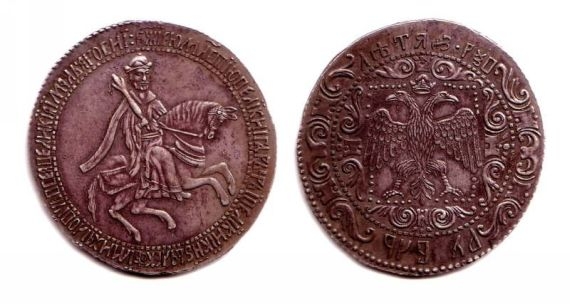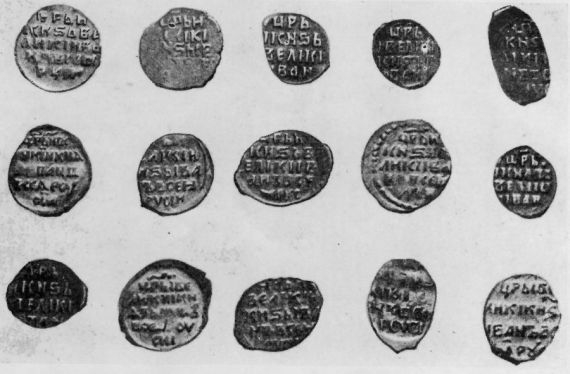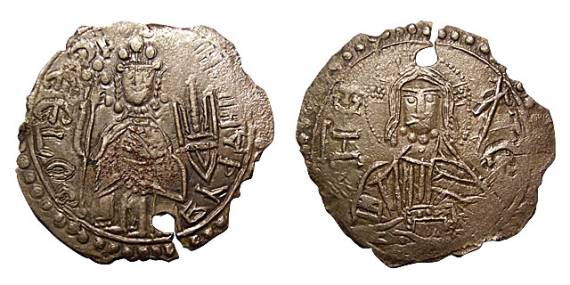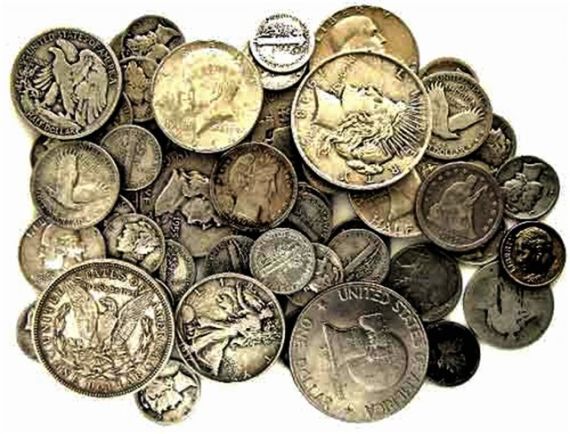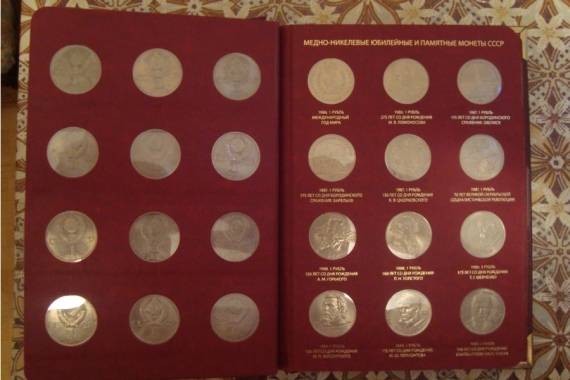level of world
First counterfeiters
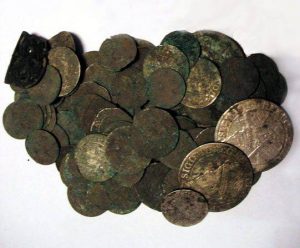 Since the very first metallic banknotes were born, the counterfeiters began their activities. They used every opportunity to seize the stamp. In this regard, the minters working on the mints, after the required number of coins were made, destroyed their stamps, and the secret of their production was considered not only his own, but also a state secret.
Since the very first metallic banknotes were born, the counterfeiters began their activities. They used every opportunity to seize the stamp. In this regard, the minters working on the mints, after the required number of coins were made, destroyed their stamps, and the secret of their production was considered not only his own, but also a state secret.
For counterfeiters, the very process of forging money was not a big deal. The first and most important thing that they had to do was to get the original stamps by any illegal means. If there was no such possibility, then the stamp was made by them independently by painstaking work. After the main tool was in their hands, it was necessary to choose a reliable secret place, if possible away from the city center. Continue reading
Monetary reform of 1654
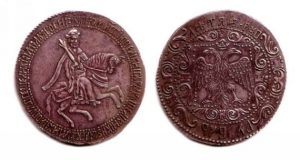 In the 17th century, the epoch in monetary business ended, when absolutely any individual, which was usually a privileged and secular society, could bring material for making coins. The state finally and irreversibly took control of the mints, and supplied raw materials exclusively from its treasury. In this regard, the coins began to lose their stability, and their value gradually began to fall.
In the 17th century, the epoch in monetary business ended, when absolutely any individual, which was usually a privileged and secular society, could bring material for making coins. The state finally and irreversibly took control of the mints, and supplied raw materials exclusively from its treasury. In this regard, the coins began to lose their stability, and their value gradually began to fall.
This instability of money played into the hands of counterfeiters. They could easily start minting coins, almost without fear that they would be severely punished for it. Continue reading
History of tokens
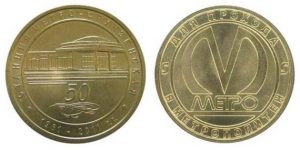 Tokens have a rather interesting story. They have at all times been used as support for real currency. But in itself, a token is considered “non-currency”. Let’s dive into history and look at the development of the token industry in the world.
Tokens have a rather interesting story. They have at all times been used as support for real currency. But in itself, a token is considered “non-currency”. Let’s dive into history and look at the development of the token industry in the world.
The very word “token” came from the French “jeton”. These tokens were used as “tickets”, funds for obtaining any specific goods or services. This, in any case, was not full money. Continue reading
